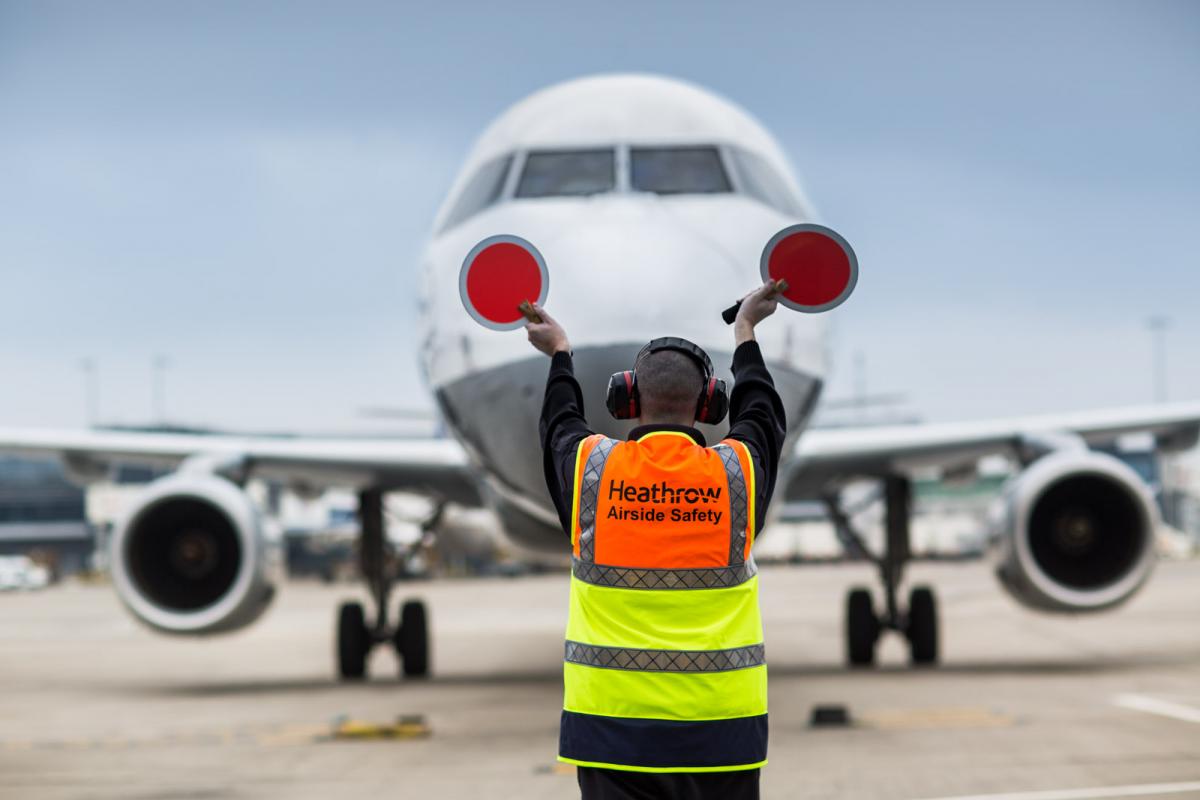Angela Mehta reports on the airport's plans to offset carbon, redesign airspace and become a leading hub for sustainable aviation fuels
While many airports now claim to be carbon-neutral for ground operations and infrastructure, the far greater impact they could have is in influencing what happens in the skies.
Heathrow, which in December became the first airport in the world to publish a roadmap towards carbon-neutral growth, points out that ground operations and infrastructure account for just 1% of its carbon footprint, while passengers travelling to and from the airport accounts for 4%, emissions from planes as they take off and land account for 6%, and inflight emissions from aircraft that originate at Heathrow are responsible for 89%.
Matt Gorman, Heathrow’s sustainability director, says despite the small impact it makes in its own operations, Heathrow intends to “use its scale and influence to advocate change in the sector”.
People will see addressing climate change as part of our licence to operate
He adds: “As the airport, we don’t control the emissions from all the flights, but people ... will see addressing climate change as part of our licence to operate.” Indeed, in 2016 the airport reached agreement with the UK government to build a controversial third runway by promising that future growth would be carbon-neutral.
According to the roadmap, Heathrow intends to redesign the use of airspace in order to end routine circling by landing aircraft.
It will also use landing charges to incentivise adoption of clean and quiet fleets; and while electric aircraft are still some way off, one idea is that Heathrow will allow them to land free for their first year in operation.

It also has ambitions to become a leading hub for the development and deployment of sustainable aviation fuels. The question is how to encourage scale. Again landing charges could be a tool. It’s working with BA and Virgin on their efforts.
Not all Heathrow flights will be covered by the Carbon Offsetting and Reduction Scheme for International Aviation (Corsia), which began in January (see Turbulence at 30,000 feet), so Gorman wants to work with airlines to explore how to fill the gap. It’s also looking at offsets – and importantly, how the airport offsets.
Andrew Chen, head of emissions strategy at Heathrow, says the consensus amongst the airport’s stakeholders is that “offsetting is not verifiable; you can’t monitor; can’t ensure benefits are actually delivered”.
We think it offers a really cost-effective way to offset carbon, as well as providing benefits for biodiversity, and communities
So the airport decided to get directly involved in a project, rather than going through third parties. It funded a pilot with the Lancashire Wildlife Trust to restore peatland.
“We think it offers a really cost-effective way to offset carbon, as well as providing other benefits ... for biodiversity and communities,” says Gorman, who admits he’s become a peatland enthusiast.
Eighty percent of UK peatlands are degraded, emitting around 16m tonnes of carbon dioxide each year – roughly equivalent to the amount released by departing Heathrow flights.

Restoration, achieved by blocking up drainage ditches to prevent moisture escaping, stops the peatland drying out and emitting carbon, and gradually, as the ecosystem starts to recover, it will begin to sequester carbon again.
Peatland restoration projects have a minimum life of 30 or 50 years, and whilst there is a peatland code for uplands, Lancashire’s project is on lowland. Gorman explains there is a Defra methodology, but there might be a case for establishing a lowlands code. It will report on the project and as part of that, look at third-party certification.
Which offsetting credits will be allowed into the new system is being decided by The International Civil Aviation Organization (ICAO) now, and guidance is expected early this year. “We’re keen to see what emerges and then engage the UK government on the eligibility of peatland,” Gorman adds.
This article is part of the in-depth Sustainable Tourism briefing. See also:
Turbulence at 30,000 feet as airlines plot flightpath on CO2 emissions
Treading more lightly in the hotels industry
Hotels try to turn the tide on human trafficking
‘Over-tourism’ crisis and fuel emissions dog cruise industry
Cruise industry finds the answer blowing in the wind
‘The travel industry is at the front line of human trafficking. It must act’


